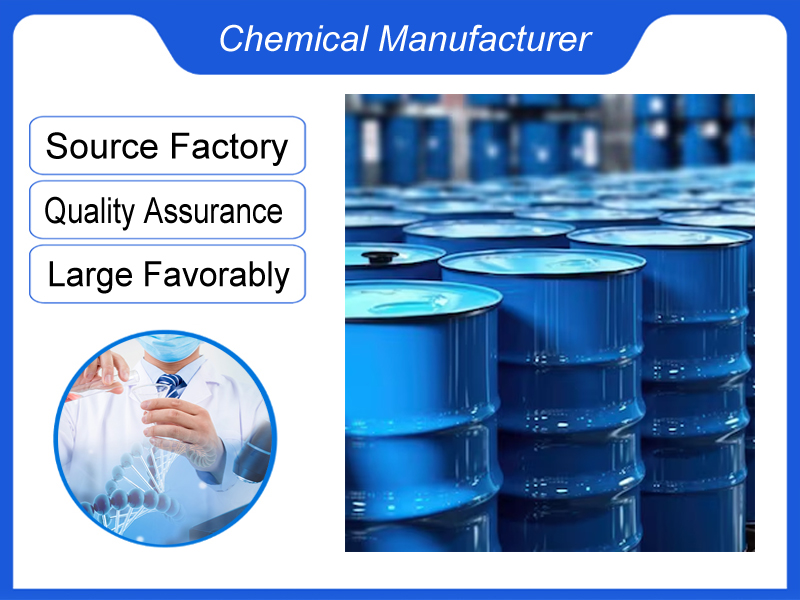
Dihydrostreptomycin Sulfate CAS 5490-27-7
We are a manufacturer based in China. We specialize in providing high-quality Dihydrostreptomycin Sulfate CAS 5490-27-7 for industrial clients across various sectors. Whether you need chemicals consultation or technical support, our team is here to help.
Category:Active Pharmaceutical Ingredients Own Brand:MT /MOQ:100KG /From China/ B2B only.
Introduction
Molecular Formula: C22H24N2O8,H2O
Molecular Weight: 1461.44
CAS No.: 5490-27-7
It is a highly effective β-lactam antibiotic with strong bactericidal activity, low toxicity, wide indications and good clinical efficacy. It is suitable for infections caused by a variety of gram-negative bacteria , Such as tuberculosis, whooping cough, plague, etc., are currently used in veterinary clinical trials.
Description
It is a white or almost white, hygroscopic powder. It is freely soluble in water, practically insoluble in acetone, in ethanol (96 per cent) and in methanol.
Application
It is an aminoglycoside antibiotic, which has the advantages of strong bactericidal activity, low toxicity, wide indications and good clinical efficacy. It is suitable for treating infections caused by various gram negative bacteria and is applied to treat bacterial diseases of cattle, pigs and sheep.
Packing and Storage
Preserve in tight container.
Minimum Order
One package
Dihydrostreptomycin Sulfate Introduction
| Item | Details |
| Basic Information | Dihydrostreptomycin sulfate is an aminoglycoside antibiotic. Its chemical formula is (C₂₁H₄₁N₇O₁₂)₂·3H₂SO₄. It is derived from streptomycin through a chemical modification. It appears as a white or almost white powder, and is soluble in water. |
| Pharmacological Action | It acts by binding to the 30S subunit of the bacterial ribosome. This binding interferes with the initiation of protein synthesis and causes misreading of the genetic code on the messenger RNA. As a result, incorrect amino acids are incorporated into the growing polypeptide chain, leading to the production of non – functional or toxic proteins. It has a broad – spectrum antibacterial activity against many Gram – negative bacteria such as Escherichia coli, Klebsiella pneumoniae, and Proteus species. It also shows activity against some Gram – positive bacteria, although less so compared to its effect on Gram – negative ones. |
| Clinical Applications | Historically, it was used to treat various infections. For example, it was used in the treatment of tuberculosis, often in combination with other anti – tuberculosis drugs. In urinary tract infections caused by susceptible Gram – negative bacteria, it could be an option. However, due to the emergence of more effective and less toxic antibiotics, its use has become much more limited. |
| Adverse Reactions | Ototoxicity is a major concern. It can cause damage to the inner ear, leading to hearing loss and balance problems. Nephrotoxicity is another significant side effect, which may result in impaired kidney function. It can also cause neuromuscular blockade, leading to muscle weakness and, in severe cases, respiratory paralysis. Allergic reactions, ranging from rashes to anaphylactic shock, can occur in some patients. |
| Current Status | In many developed countries, its use has been restricted or discontinued due to the high risk of adverse effects. However, in some regions with limited access to newer antibiotics, it may still be used in certain situations, always with careful monitoring of patients for potential side effects. |
If you're ready to take the next step, Leave your message below and we’ll reply soon. 20+ years of chemical manufacturing & export experience, a partner you can trust.





